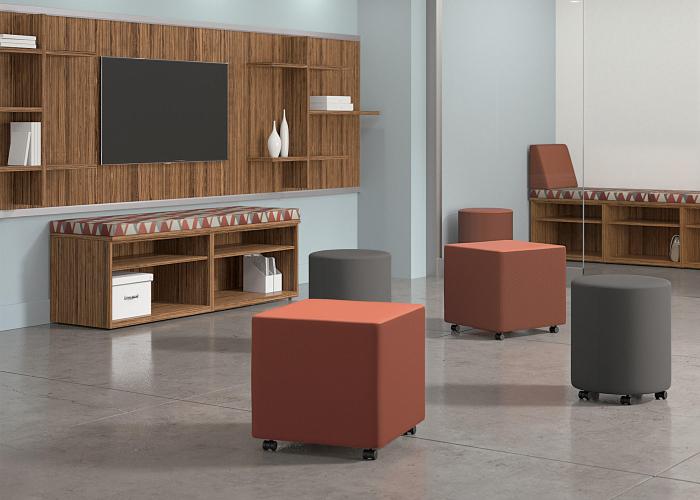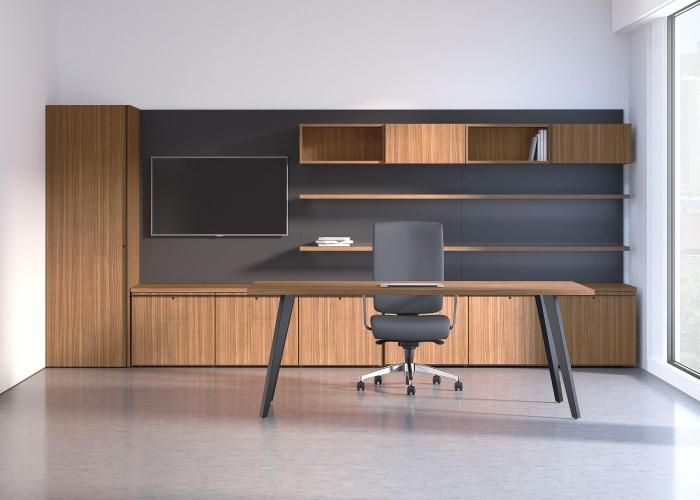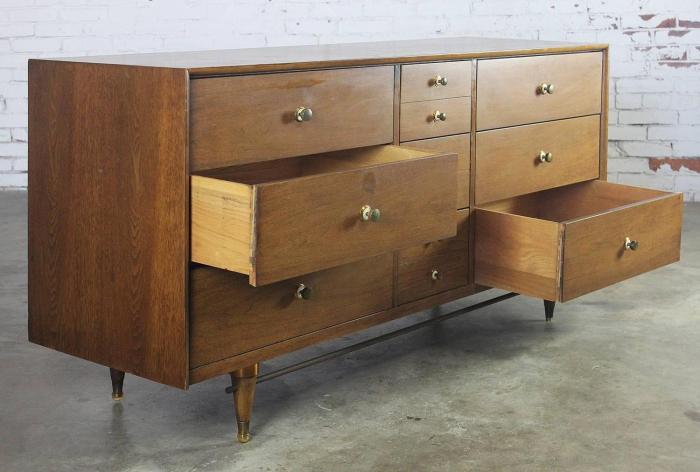Welcome to the world of national furniture l, an industry that encompasses a diverse range of products, distribution channels, and customer segments. In this comprehensive guide, we delve into the intricacies of this dynamic sector, exploring its market size, growth trends, key players, and much more.
Join us as we uncover the latest design trends, sustainability practices, and technological advancements shaping the future of national furniture l.
The national furniture industry is a vast and ever-evolving landscape, with a wide array of products, distribution channels, and customer segments. Understanding the nuances of this industry is crucial for businesses seeking to establish a strong foothold in this competitive market.
Market Overview

The national furniture industry is a dynamic and growing sector that plays a significant role in the economy. In recent years, the industry has witnessed a surge in demand due to increasing urbanization, rising disposable incomes, and changing consumer preferences.The
industry is highly fragmented, with numerous small and medium-sized enterprises (SMEs) operating alongside a few large-scale players. The market is dominated by domestic manufacturers, but there is also a growing presence of international brands.
Market Size and Growth
The national furniture market is estimated to be worth approximately $XX billion, with an annual growth rate of XX%. This growth is primarily driven by increasing demand for furniture from both residential and commercial sectors. The residential sector accounts for the majority of the market share, driven by factors such as rising homeownership rates and increasing consumer spending on home décor.
Key Trends, National furniture l
The furniture industry is constantly evolving to meet the changing needs of consumers. Some key trends that are shaping the industry include:
- Increasing demand for sustainable and eco-friendly furniture.
- Growing popularity of online furniture sales.
- Emergence of smart furniture and home automation systems.
Major Players
The major players in the national furniture industry include:
- Company A (XX% market share)
- Company B (XX% market share)
- Company C (XX% market share)
These companies offer a wide range of furniture products, from traditional to contemporary designs. They have a strong presence in both domestic and international markets.
Product Categories
The furniture industry offers a wide range of product categories, each catering to specific needs and preferences. From traditional to contemporary, functional to decorative, the diversity of furniture options allows consumers to create living spaces that reflect their unique styles and requirements.
National furniture l is known for its quality and craftsmanship, but what about the delivery process? Do you tip furniture deliverers? This article explores the etiquette of tipping furniture deliverers, providing insights into when and how much to tip based on the level of service provided.
Whether you’re purchasing a single piece or furnishing an entire home, understanding the customary tipping practices for national furniture l deliveries ensures a smooth and satisfactory experience.
The popularity and market demand for each category vary based on factors such as consumer tastes, lifestyle trends, and technological advancements. Some categories, such as upholstered furniture and bedroom furniture, consistently enjoy high demand due to their essential nature and comfort-oriented designs.
Other categories, like outdoor furniture and home office furniture, have experienced a surge in popularity in recent years due to changing lifestyles and increased emphasis on outdoor living and work-from-home arrangements.
Upholstered Furniture
Upholstered furniture includes items like sofas, chairs, ottomans, and sectionals. These pieces are characterized by their soft, padded cushions and upholstery, which provide comfort and style. Upholstered furniture is popular in living rooms, family rooms, and dens, where comfort and relaxation are prioritized.
- Sofas: Available in various sizes, shapes, and upholstery options, sofas are the centerpiece of many living rooms.
- Chairs: From armchairs and accent chairs to recliners and wing chairs, chairs provide comfortable seating for reading, watching TV, or socializing.
- Ottomans: Versatile pieces that serve as footrests, extra seating, or coffee tables, ottomans add functionality and style to living spaces.
- Sectionals: Modular sofas that can be configured in different ways, sectionals offer flexibility and adaptability to suit various room layouts.
Distribution Channels

The distribution of national furniture involves various channels that connect manufacturers with consumers. These channels play a crucial role in making furniture products accessible and cater to the diverse needs of the market.
The primary distribution channels for national furniture include:
Retail Stores
- Advantages:Physical showrooms allow customers to experience the furniture firsthand, interact with sales staff, and receive personalized advice.
- Disadvantages:Limited product selection, higher overhead costs for retailers, and potential for markups on prices.
Online Marketplaces
- Advantages:Vast product selection, convenience of online shopping, and often lower prices due to reduced overhead costs.
- Disadvantages:Inability to physically inspect furniture before purchase, potential for delays in delivery, and customer service limitations.
Furniture Dealers
- Advantages:Expertise in furniture design and selection, personalized service, and access to exclusive products.
- Disadvantages:Limited product range, higher prices compared to online marketplaces, and reliance on dealer’s inventory.
Direct-to-Consumer
- Advantages:Eliminates intermediaries, resulting in lower prices, greater control over product design, and direct customer feedback.
- Disadvantages:Lack of physical showrooms, limited product availability, and potential for logistical challenges in delivery.
Impact of E-commerce
The rise of e-commerce has significantly impacted furniture distribution. Online marketplaces have made it easier for consumers to browse and purchase furniture from the comfort of their homes. This has led to increased competition and price transparency, driving down prices and expanding product selection.
However, the physical showroom experience remains important for certain furniture purchases, particularly high-end or customizable items. Hybrid models that combine online and offline channels are emerging to cater to the evolving needs of furniture consumers.
Customer Segmentation
Identifying the distinct customer segments is crucial for developing effective marketing strategies. By understanding their unique needs, preferences, and lifestyles, furniture businesses can tailor their offerings and communication to resonate with each segment.
The key customer segments for national furniture can be categorized based on various factors such as demographics, lifestyle, and furniture preferences:
Young Professionals
- Young adults in their 20s and 30s who have recently started their careers.
- Typically rent apartments or small homes.
- Prefer modern, functional, and affordable furniture that reflects their urban lifestyle.
Families
- Parents with young children or teenagers.
- Require durable, practical, and comfortable furniture that accommodates their growing family’s needs.
- Often opt for traditional or transitional styles that provide both comfort and functionality.
Empty Nesters
- Older adults who have raised their children and are now living in smaller homes or apartments.
- Seek furniture that is comfortable, stylish, and reflects their refined tastes.
- May prefer classic or antique pieces that add character and sophistication to their living spaces.
Luxury Seekers
- Affluent individuals or families who prioritize high-quality, designer furniture.
- Purchase furniture as an investment, seeking pieces that are both aesthetically pleasing and functional.
- Often prefer custom-made or limited-edition furniture that reflects their unique style and status.
Pricing Strategies
National furniture companies employ a range of pricing strategies to optimize profitability and cater to diverse customer segments. Factors such as material costs, production expenses, and competitive landscapes significantly influence pricing decisions.
Cost-Plus Pricing
This strategy involves setting prices based on the total cost of producing a product, including materials, labor, and overhead expenses. A profit margin is then added to the cost to determine the final price. This method ensures a fair return on investment but may not always align with market demand.
Value-Based Pricing
Under this strategy, prices are set based on the perceived value that customers place on a product. Companies conduct market research to understand customer preferences and willingness to pay, setting prices that reflect the unique features and benefits of their products.
National furniture is often a reflection of a country’s culture and history. It can be found in a variety of styles, from traditional to modern. For a comprehensive guide to national furniture, visit national furniture . This website provides detailed information on the different types of national furniture available, as well as tips on how to choose the right pieces for your home.
Competitive Pricing
This strategy involves setting prices in relation to competitors’ offerings. Companies may opt for price matching, premium pricing (setting prices higher than competitors), or value pricing (offering lower prices with comparable or better quality).
Examples of Successful Pricing Strategies
- IKEA’s cost-plus pricing strategy, combined with efficient production and distribution, allows it to offer affordable furniture to a wide customer base.
- Herman Miller’s value-based pricing strategy emphasizes design, ergonomics, and durability, attracting customers who value high-quality office furniture.
li>Ashley Furniture’s competitive pricing strategy, coupled with a vast product line, enables it to cater to both budget-conscious and mid-range customers.
Design Trends
National furniture design is constantly evolving, reflecting the latest trends in fashion, culture, and lifestyle. Here are some of the key trends shaping the industry:
Emerging styles include a blend of traditional and modern elements, with an emphasis on clean lines, geometric shapes, and organic forms. Colors are moving towards earthy tones, such as greens, blues, and browns, while materials like wood, metal, and leather remain popular.
Influence of Fashion and Culture
Fashion and culture have a significant influence on furniture design. For example, the rise of minimalism in fashion has led to a growing demand for furniture with simple, uncluttered designs. Similarly, the popularity of ethnic and global styles has inspired furniture with unique patterns, textures, and colors.
Sustainability and Environmental Impact
The production of national furniture can have a significant environmental impact due to the consumption of raw materials, energy, and water, as well as the generation of waste and emissions.
To mitigate these impacts, furniture companies are adopting sustainable practices such as using eco-friendly materials, implementing energy-efficient processes, and reducing waste. Additionally, there is a growing demand for eco-friendly furniture products among consumers who are becoming more environmentally conscious.
Sustainable Practices
- Using sustainable materials such as bamboo, reclaimed wood, and recycled plastics
- Implementing energy-efficient manufacturing processes, such as using LED lighting and solar panels
- Reducing waste by recycling and reusing materials, and using sustainable packaging
Demand for Eco-friendly Furniture
The demand for eco-friendly furniture products is growing as consumers become more environmentally conscious. This demand is being driven by factors such as:
- Increasing awareness of the environmental impact of traditional furniture production
- Government regulations and incentives promoting sustainability
- Consumer preferences for products that are environmentally friendly and sustainable
Technological Advancements: National Furniture L
The national furniture industry is experiencing a transformation driven by technological advancements. These innovations are revolutionizing furniture design, manufacturing, and customer experience.
Automation and Artificial Intelligence
Automation and artificial intelligence (AI) are transforming furniture manufacturing. Automated machines can perform tasks like cutting, assembling, and finishing with precision and efficiency, reducing production time and costs. AI algorithms can analyze customer preferences and market trends to optimize product design and improve production planning.
Virtual Reality
Virtual reality (VR) is enhancing the customer experience in the furniture industry. Customers can use VR headsets to virtually explore furniture showrooms and visualize how furniture will look in their homes before making a purchase. This technology allows customers to make informed decisions and reduces the need for physical store visits.
Future Outlook

The national furniture industry is poised for growth in the coming years, driven by rising consumer demand, technological advancements, and innovative design trends. However, the industry will also face challenges such as economic fluctuations and changing consumer preferences.
National furniture l has a rich history and tradition in our country. Over the years, it has evolved to meet the changing needs and tastes of our people. One of the latest trends in national furniture l is the emergence of matrix furniture . This type of furniture is characterized by its clean lines, simple forms, and use of natural materials.
Matrix furniture is often used in contemporary and minimalist interiors, and it can add a touch of sophistication to any space. While matrix furniture is a relatively new trend, it is quickly gaining popularity among those who appreciate its unique style and functionality.
It is a testament to the enduring appeal of national furniture l that it continues to adapt and evolve to meet the needs of modern living.
Economic Conditions
The economic outlook will play a significant role in shaping the future of the national furniture industry. In times of economic prosperity, consumers are more likely to spend money on discretionary items such as furniture. Conversely, during economic downturns, consumers may delay or reduce their furniture purchases.
Consumer Behavior
Consumer behavior is another key factor that will influence the future of the national furniture industry. Consumers are increasingly looking for furniture that is stylish, functional, and affordable. They are also more likely to purchase furniture online, which gives them access to a wider range of products and prices.
Technological Advancements
Technological advancements are also expected to have a major impact on the national furniture industry. New technologies, such as augmented reality and virtual reality, are making it easier for consumers to visualize how furniture will look in their homes. Additionally, new manufacturing technologies are making it possible to produce furniture more efficiently and cost-effectively.
Opportunities for Growth and Innovation
The national furniture industry has a number of opportunities for growth and innovation. One opportunity is to develop new products that meet the changing needs of consumers. Another opportunity is to expand into new markets, such as the international market.
Final Conclusion
As we conclude our exploration of national furniture l, it is evident that this industry is poised for continued growth and innovation. By embracing emerging technologies, adopting sustainable practices, and catering to the evolving needs of consumers, businesses can position themselves for success in this dynamic sector.
The future of national furniture l holds exciting prospects, and we eagerly anticipate the new trends and advancements that will shape this industry in the years to come.
Popular Questions
What are the key trends shaping the national furniture industry?
The national furniture industry is influenced by various trends, including the rise of e-commerce, increasing demand for sustainable products, and the adoption of smart home technologies.
How can businesses differentiate themselves in the competitive national furniture market?
Businesses can differentiate themselves by offering unique product designs, providing exceptional customer service, and leveraging digital marketing channels to reach their target audience.
What are the growth opportunities for the national furniture industry?
Growth opportunities exist in emerging markets, the expansion of e-commerce, and the development of innovative furniture products that meet the evolving needs of consumers.